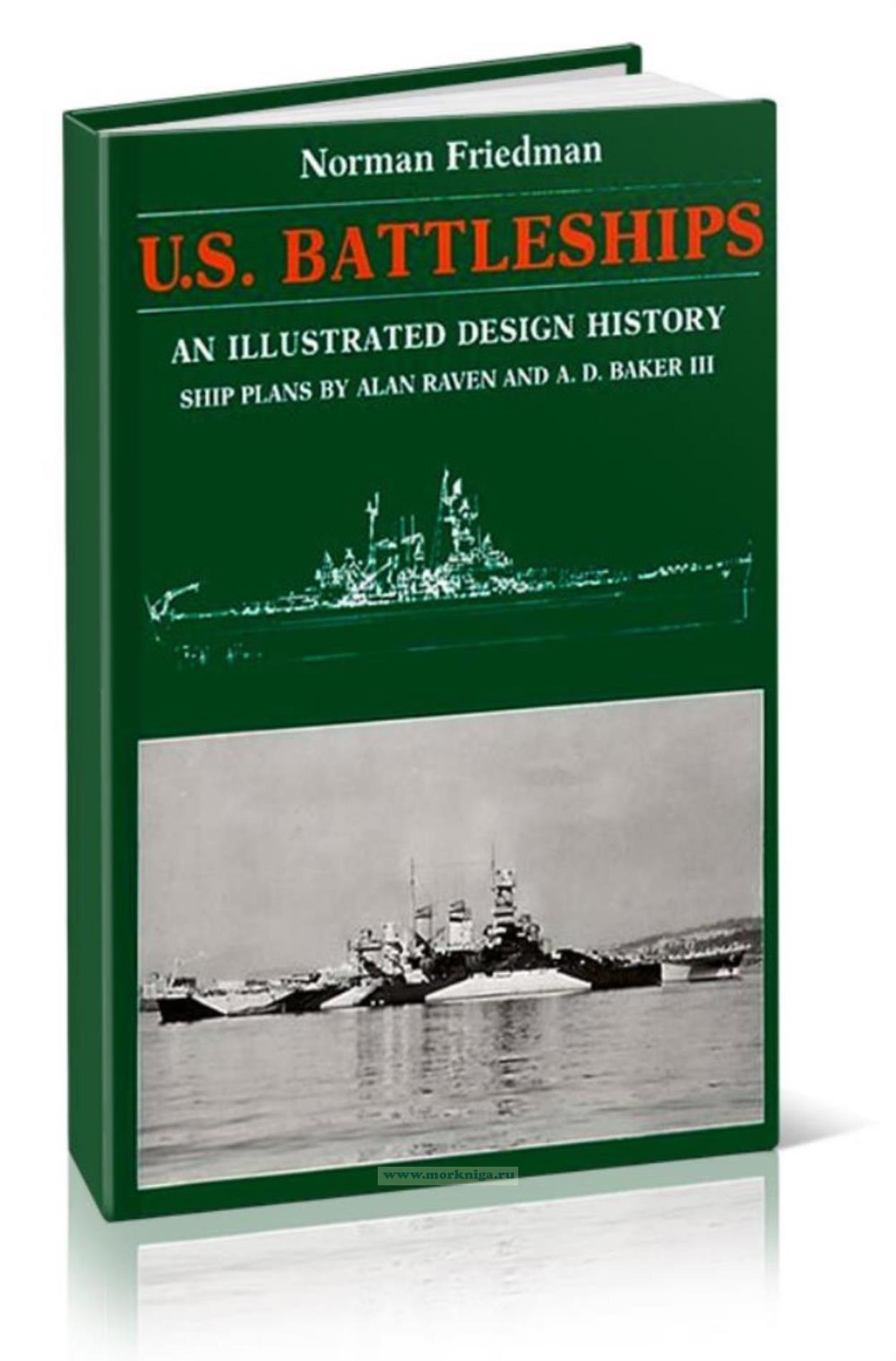Сб с 10 до 16
U.S. Battleships/Линкоры США
Книга на английском языке.
For more than half a century, the battleship was the primary instrument of sea power and was, therefore, the fundamental strategic weapon of such navies as those of the United States and Great Britain. Ii excited the kind of high-level interest that today is associated with strategic missiles; in 1904 and again in 1908 the president of the United States himself examined the plans for the new American battleships. The battleship was also a political symbol, the single most expensive weapon system of its time. That was why the agreements to limit battleship construction, signed in 1921, 1930, and 1936, seemed so significant at the time. It was also why the U.S. decision to resume battleship construction in 1937, and then to invoke the escalator clause in tonnage the following year, was so painful. A few years later the battleship was again attacked as a symbol, this time in the political struggle for the primacy of air power: thus the pejorative implication of "battleship admiral."
Battleships still retain their evocative power and considerable glamor. When the New Jersey was recommissioned, amid much debate, there was no lack of volunteers to man her. With their heavy guns, battleships are far more visibly powerful than the aircraft carriers and submarines which have eclipsed them. Visually, the New Jersey and her sister ships are surely the most elegant of all U.S. battleships and much more graceful than the aircraft carriers.
The battleship was unique among the warships of its day in that it balanced the greatest offensive power with an equivalent defensive power: the first rule of battleship design was that the ship be protected against fire up to the strength of her own guns. In theory, then, a battleship could sink any other type of ship, but only the guns of another battleship could usually sink her. Lesser warships, such as cruisers, might survive an encounter with battleships, but only by fleeing.
Contents
Acknowledgments
Key to Battleship Drawings
Introduction
1. Beginnings: The Pre-dreadnoughts
2. The All-Big-Gun Ship
3. Theodore Roosevelt's Fighting Machine, 1907-09
4. The Wyoming and New York Classes, 1910-11
5. The Standard Type: Battleships, 1912-17
6. Alternatives to the Standard Type
7. The Last Dreadnought: The South Dakota Class
8. World War One
9. The Washington Treaty
10. Reconstruction
11. Design Studies, 1928-34
12. The North Carolina Class
13. The South Dakota Class
14. The Iowa Class
15. The Montana Class
16. Battleships at War, 1941-45
17. Postwar
Appendices
A. The Monitors
B. Damage at Pearl Harbor
C. List of U.S. Battleships
D. Battleship Data List
Notes on Sources
Index

